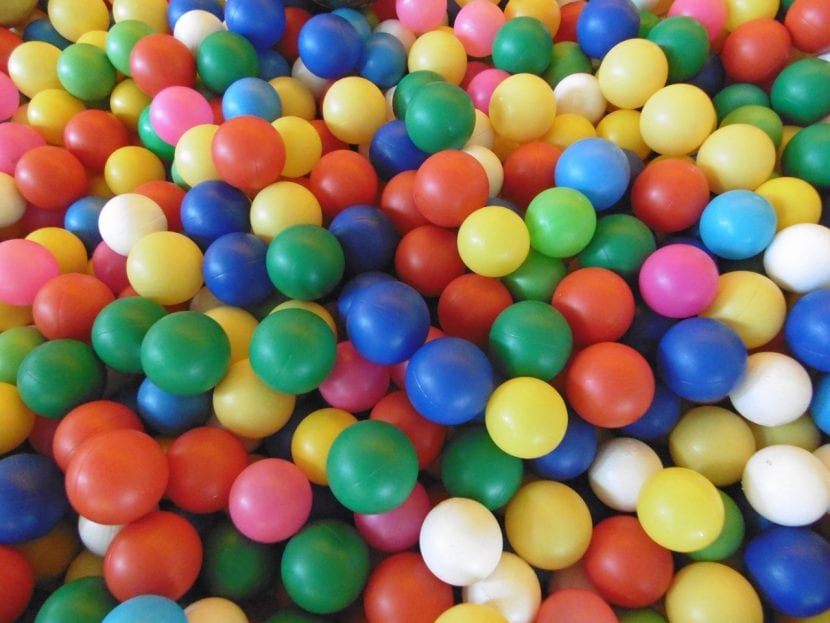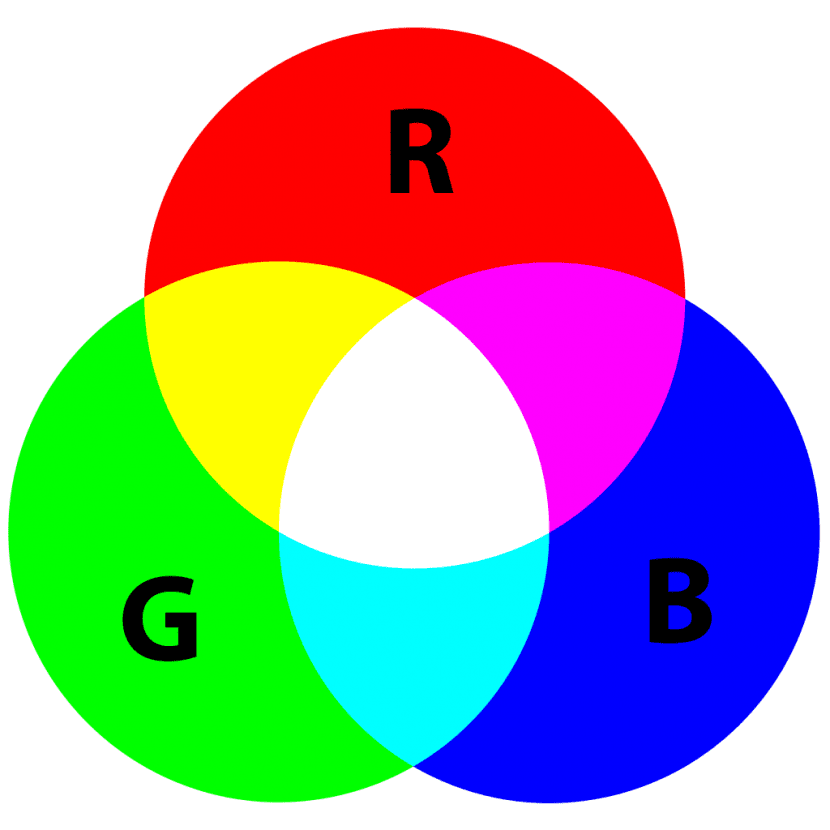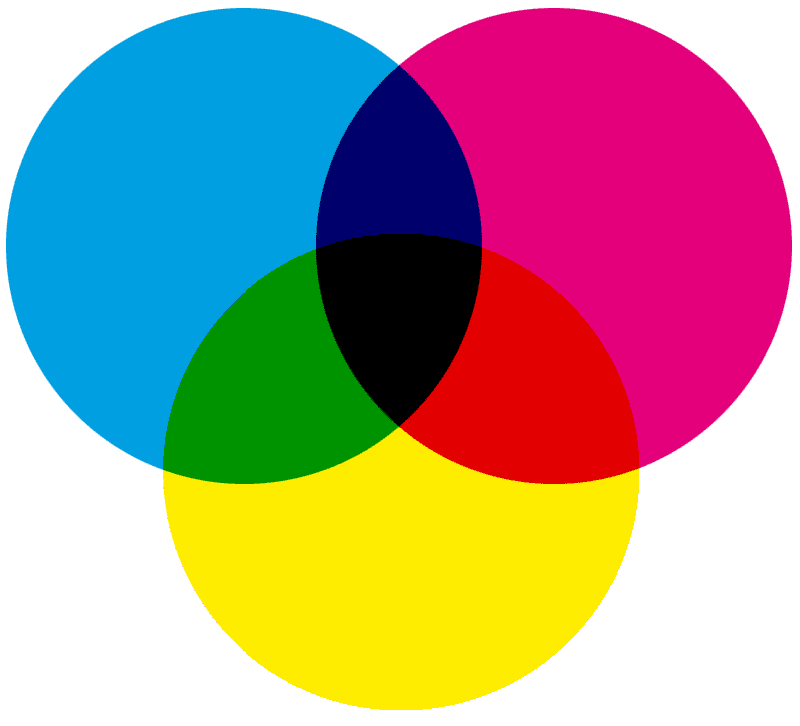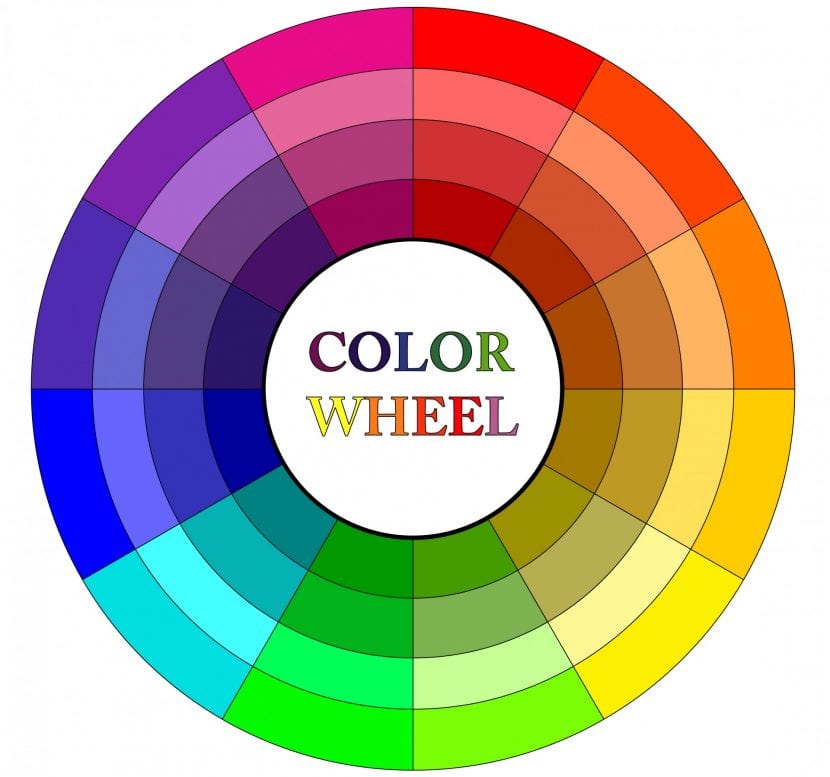
Color is an omnipresent part of everything we can visualize in the world, something that for many designers becomes an intuitive choice. If you remember when you went to school, you probably received three "primary" colors: Red, Yellow, and Blue. We were all taught that any color can be created by mixing these three colors in varying amounts.
It turns out that this is not entirely correct (although it is still practical enough in school to be taught to five-year-olds around the world).
How color is formed
Understanding how color is formed and, more importantly, the relationships between different colors, can help you use color more effectively in your designs.
The Bauhaus school understood this in the XNUMXs and XNUMXs, and went on to develop color theories to evoke particular moods and emotions through the choice of the color palette in design and architecture.
Color theory is a discipline that dates back far beyond the Bauhaus, at least until the XNUMXth century, and encompasses physics, chemistry, and mathematics to fully define and explain the concepts. However, much of this is unnecessary in order to use color effectively. This short article will give you a practical overview of all the important aspects to help you start making informed decisions.
Color systems
There are two primary color systems, methods by which color is reproduced: additive and subtractive (also known as reflective). We use both on a daily basis - the screen you're reading this article on uses additive color to generate all the colors you see, while the book you're reading uses subtractive color for its cover.
In simple terms - anything that emits light (like the sun, a screen, a projector, etc.) uses additive, while everything else (that reflects light instead) uses subtractive color.
- Additive: additive color works with anything that emits or radiates light. Mixing different wavelengths of light creates different colors, and the more light you add, the brighter and lighter the color becomes.
When using additive color, we tend to think of building block (primary) colors as Red, Green, and Blue (RGB), and this is the basis for all color used on displays. In additive color, white is the combination of color, while black is the absence of color.

RGB colors
- Subtractive: subtractive color works on the basis of reflected light. Rather than pushing more light, the way a particular pigment reflects different wavelengths of light determines its apparent color to the human eye.
Subtractive color, like additive, has three primary colors: cyan, magenta, and yellow (CMY). In subtractive color, white is the absence of color, while black is the combination of color., but it is an imperfect system.
The pigments that we have available do not completely absorb light (avoiding the wavelengths of the reflected color), so we have to add a fourth compensating pigment to take into account this limitation.
This fourth pigment is black, which adds the fourth ink, and then we know the subtractive color as CMYK. Without this additional pigment, the closest to black we could get in print would be a mud-like brown.

CMYK colors
The color wheel

In order to make it easier to see the relationship between the different colors, the concept of the modern color wheel developed around the XNUMXth century. These early wheels traced the different primary colors around a circle, mixing different primary colors together in strict proportions to achieve secondary and tertiary colors.
The color wheel allows you to see at a glance which colors are complementary (opposite each other on the wheel), analogous (adjacent to each other on the wheel) and triadic (three colors positioned at 120 degrees on the wheel from each other.
Each of these relationships can produce pleasant color combinations. There are many more nice relationships between colors based on their position on the wheel. Tools like Adobe Kuler can help you generate effective color palettes.